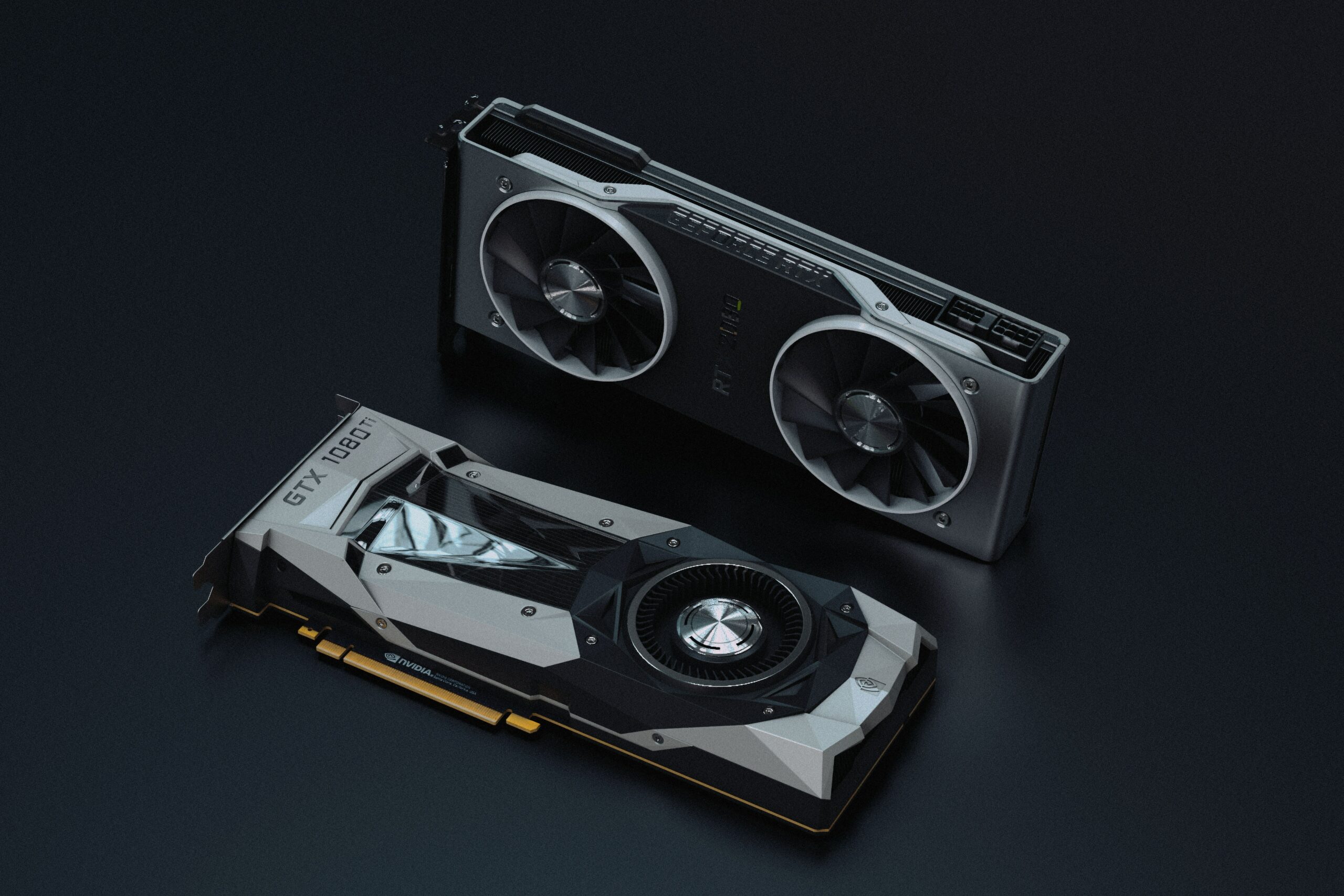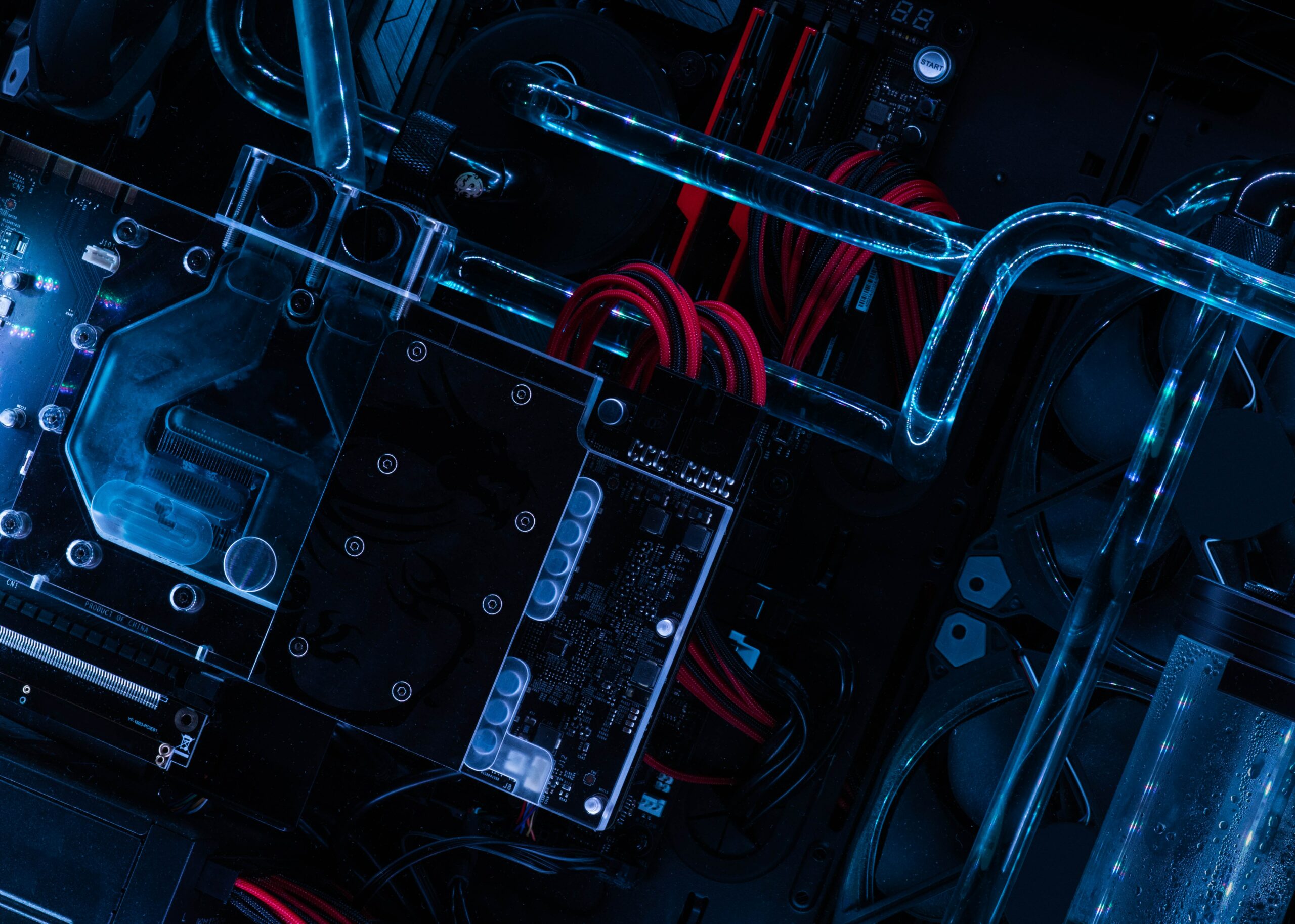Graphics cards have been an integral part of the computing world for decades. From the beginning of video games to the rise of artificial intelligence and cryptocurrency mining, these processing units have constantly evolved to deliver increasingly impressive graphics performance. But what does the future of graphics cards hold for us? In this article, we’ll explore the trends and innovations that are shaping the future of this essential hardware component.
In our online catalog you can find the one that best suits your needs.
1. Advances in architecture and technology
The graphics of the future will be based on architectures even more advanced than those we have today. Leading companies such as NVIDIA and AMD continue to develop more power- and performance-efficient architectures, such as AMD’s RDNA architecture or NVIDIA’s Ampere architecture. These innovations promise even more impressive graphics performance and greater energy efficiency.
2. Real-time ray tracing of graphics cards
Ray Tracing is a technology that simulates the way light interacts with objects in a virtual environment. This technique has been used in the film industry for years, but has recently become accessible in real time thanks to next-generation graphics. In the future, we expect to see significant improvements in Ray Tracing, resulting in even more realistic and detailed graphics in video games and design applications.
3. Increased resolution and refresh rates
Graphics cards of the future will need to support increasingly higher resolutions and refresh rates. With the increasing popularity of 4K and 8K monitors, as well as refresh rates of 144Hz or higher, graphics cards will need to provide superior performance to handle these graphics demands.

4. Greater focus on artificial intelligence
Artificial intelligence (AI) is becoming a fundamental part of many applications and games. Graphics cards of the future will be equipped with specific AI processing units to accelerate AI-related tasks such as deep learning and image processing.
5. Energy efficiency of graphics cards
As card power increases, more attention is also paid to energy efficiency. Future graphics cards will need to deliver high performance without consuming excessive amounts of power, which is important for both consumers and the environment.
6. Virtual Reality and Augmented Reality
VR and AR are gaining ground in various industries. The graphics of the future must be able to efficiently handle the graphical requirements of these technologies, allowing for immersive and realistic experiences in these virtual environments.

7. Focus on cooling and design of graphics cards
With the increase in the power of graphics cards, thermal management becomes even more important. In the future, we will see more advanced designs with more efficient cooling systems to keep temperatures under control.
In short, the future of theese cards is exciting and promising. With advances in architecture, rendering technology, power efficiency and artificial intelligence capabilities, these processing units will continue to drive graphics performance in a wide range of applications, from video games to scientific simulations. The future of graphics cards is synonymous with innovation and limitless performance to meet the ever-evolving graphics demands of modern technology.







